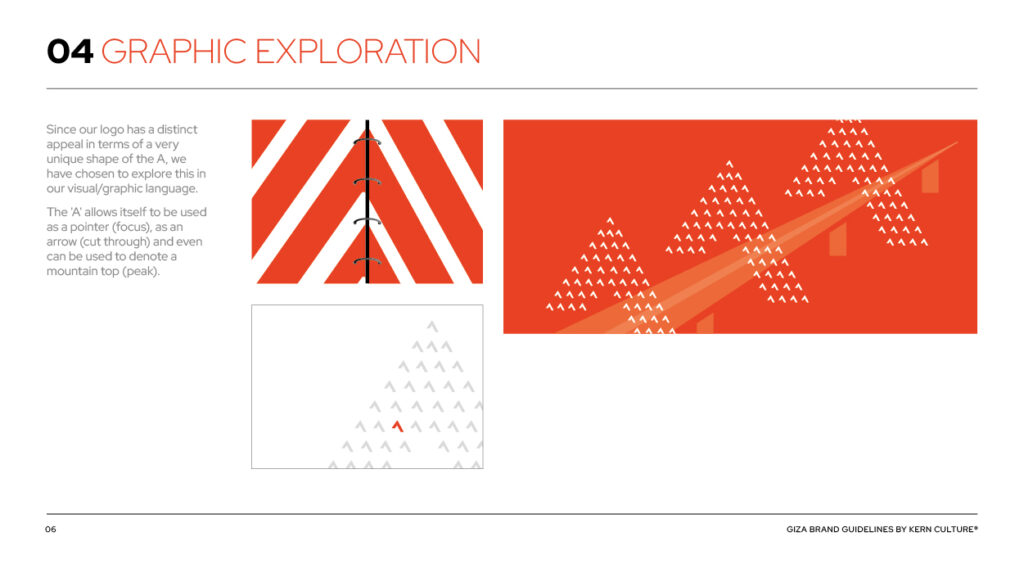Employee Attrition Calculation
Employee attrition and employee turnover are often mistaken to be the same. But there is a fine line to be made between the two. Employee attrition refers to a decrease in the number of employees in an organization owing to a variety of factors such as leave, resignation, layoffs, and even death. The major relevance of Employee Attrition is that the organization rarely replaces ex-employees.
Employee Attrition is divided into 2 types;
- Voluntary Attrition: when the employees themselves choose to leave the company and the company doesn’t recruit for the vacant position.
- Involuntary Attrition: when the company, due to reasons such as layoffs, have to let go some or more of their employees and, again, not replacing these employees.
A rise in the rate of attrition says a lot about the health of the company. Whether it is due to voluntary or involuntary attrition, the company needs to keep a close check on it in order to gauge ways to increase employee engagement.
Employee Attrition Calculation with Example
Calculating attrition rate as a regular practice is indispensable for any organization. While the calculations give an extensive idea as to what can be improved, the organization may have to analyze it’s work culture to identify the exact issue. Let’s take a look at how we employee attrition calculation takes place.
The formula for Employee Attrition Calculation is:
Employee attrition calculation
For better understanding let’s consider the following example:
Consider a Fintech company that has about 200 employees working at a certain location in the month of March, 2019. During this month, 20 employees leave the company due to various reasons (transfers, better opportunities, layoffs, deaths and leaves), and the company hires 25 new employees.
First, we start by calculating the average number of employees.
In the beginning the company had 200 employees; where 20 people left and 25 people joined the company, which sums up to 205. So, the average number of employees in the month of March, 2019 would be:
(200+205) / 2 = 202.5
Coming to the next step, let’s calculate the monthly attrition rate. In the month of March 20 people left and the average number of employees was 202.5. The monthly attrition rate of the company can be calculated as:
(20 / 202.5) X100 = 9.87 %
And therefore, the employee attrition rate in the month of March, 2019 would be 9.87%.
Attrition vs Retention
Now that we know how a company can perform its employee attrition calculation, let’s understand the major comparisons between employee attrition and employee retention.
| ATTRITION | RETENTION |
|---|---|
| Employee attrition is the term used for the decrease in the number of employees during a certain period of time. | Employee retention is defined as the number of employees retained by the company during a certain period of time. |
| Attrition rate of a company is always expected to be low. | Retention rate of a company is always expected to be high. |
| High rate of attrition is perceived as poor functioning of the company due to reasons such as leaves, death, resignations and layoffs. | High rate of retention helps the company to grow and develop and reflects well on the company culture and HR policies. |
| The company can remove the employee based on his/her performance which is termed as involuntary attrition. Or the employee can leave the company voluntarily. | With retention, the company tries to provide better work environment so that the employees are engaged better. |
| With attrition, the company does not fill the vacant positions. | Retention involves the company trying every measure to retain assets as they add value to the organization. |
“Brush up on colors and their associated emotions to make sure you nail the mood and tone of your brand.”
Reasons for Attrition
While undertaking employee attrition calculation, some of the reasons that highlight the problem are:
- Poor Management– A poor management within an organization directly results to a higher attrition rate. Poor management can cause a significant dent in the functioning of the company resulting to unsatisfied employees, thus leading to a low score in the attrition calculation.
- Lack of Recognition– The company sometimes lacks in giving due credit to its deserving employees. If this persists for a significant duration, the employees feel underappreciated, therefore tending to leave the organization.
- Toxic Workplace– A toxic environment in the company can lead to spoiled relations between the employees and hence a higher score in employee attrition calculation.
- Low Salary– With low or insufficient renumeration for the amount of work done, employees tend to feel disappointment and look for better opportunities. It is important for a company te compensate their employees well.
- Lack of Opportunities– Employees always look for a better opportunity and growth. Lack of exposure within the company encourages the employees to look for opportunities elsewhere.
- Work-life Imbalance– Often the reason of employee attrition is lack of personal time. Ill maintenance of work-life balance affects the company’s employee retention thus rendering a poor score during employee attrition calculation.
Conclusion
Employees play the lead role when it comes to a well-functioning organization. How a company can make sure that its employees are engaged is by reducing the attrition rate. Employee attrition calculation is the ideal way an organization can keep a check on its employee engagement. Attrition calculation should be a persistent practice on the company’s part. A well-functioning organization is one which has lower rate or attrition and a higher rate of retention.










